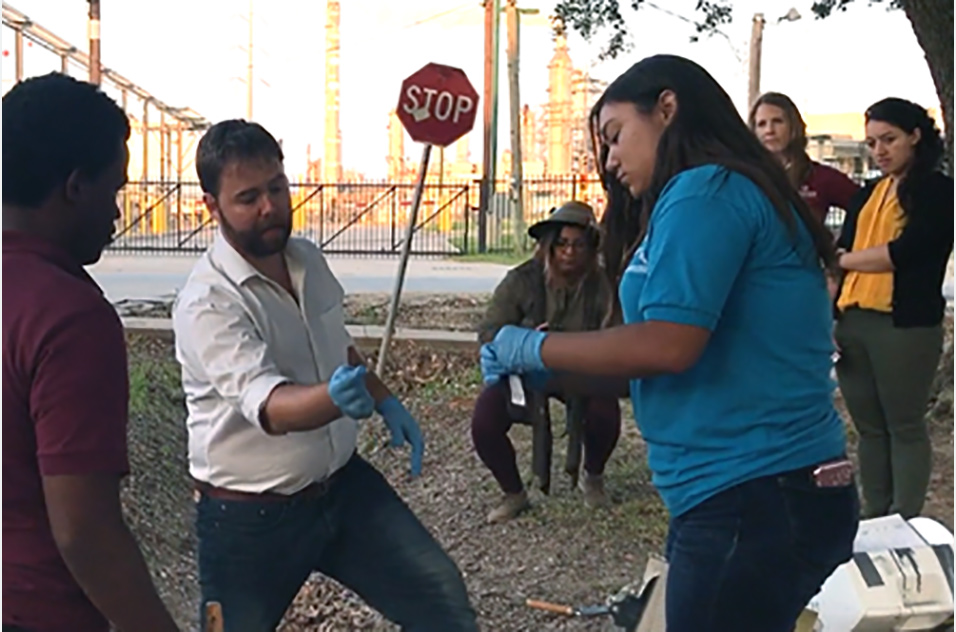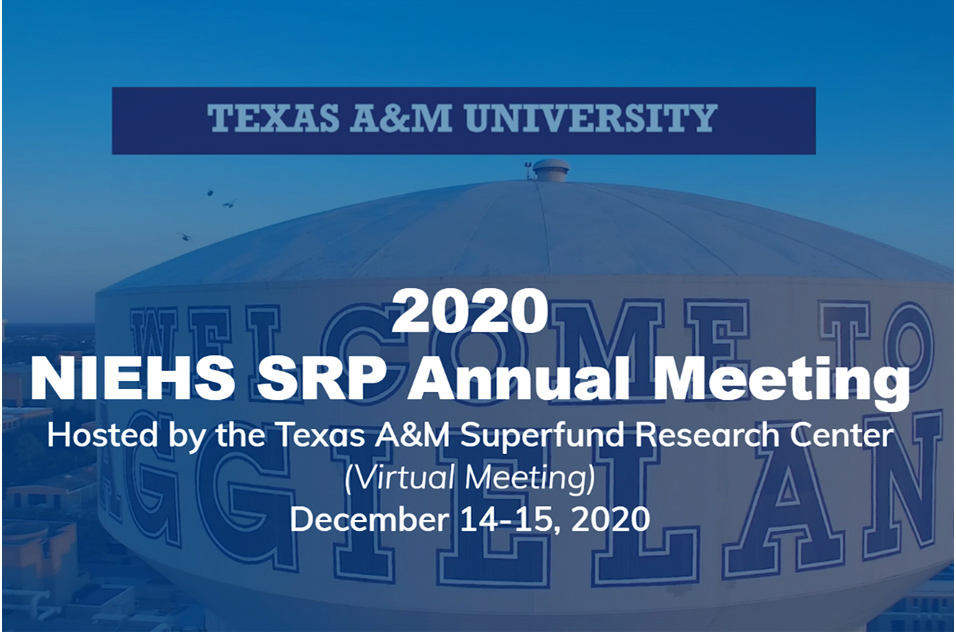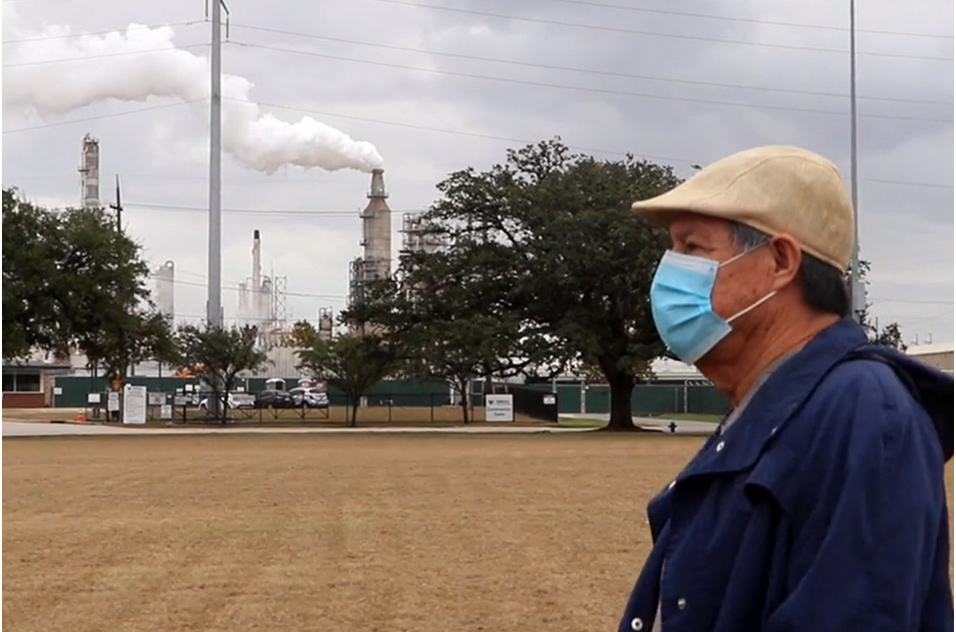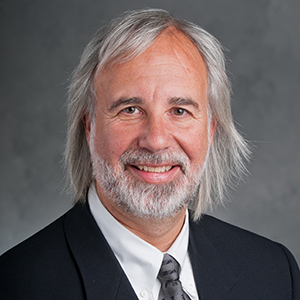The NIEHS Superfund Research Program (SRP) held its annual meeting virtually for the first time Dec. 14-15, 2020. Though the format changed, the substance of the event remained robust, organized around the themes of community-level solutions to hazardous substance exposures and meeting environmental protection challenges with 21st century science. The Texas A&M University SRP Center hosted the meeting.
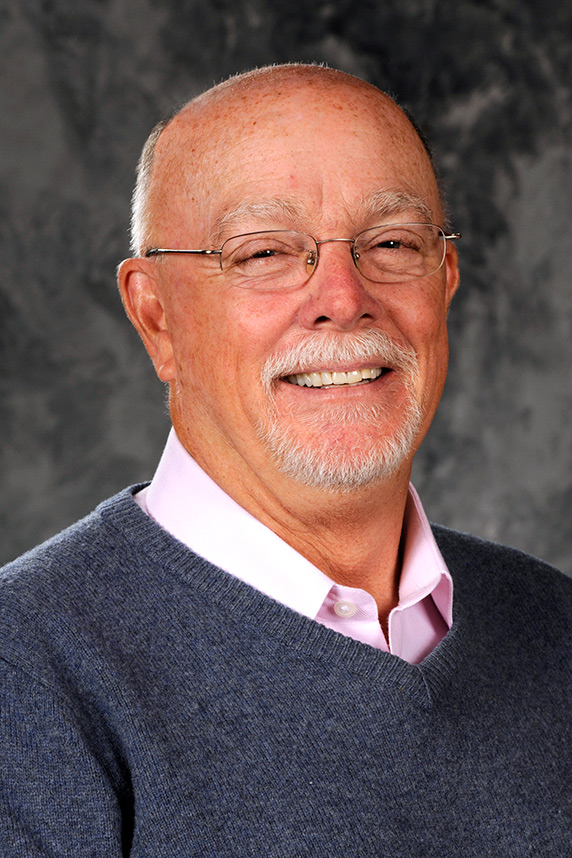 Suk heads the NIEHS Hazardous Substances Research Branch. (Photo courtesy of Steve McCaw / NIEHS)
Suk heads the NIEHS Hazardous Substances Research Branch. (Photo courtesy of Steve McCaw / NIEHS)“Even though we would all prefer to be in person, I am pleased that we can still come together to share scientific discoveries, and we hope that you make the most of these virtual poster sessions,” said Bill Suk, Ph.D., SRP director.
Trainees rise to the occasion
Throughout the two days of the meeting, SRP trainees shared their unique and wide-ranging research experiences. More than 170 trainees presented posters and 11 trainees participated in scientific presentations showcasing their findings.
Using a new online poster format, attendees were able to enter a presentation, chat with the trainee, and scroll through interactive displays. They could visit the virtual poster gallery at any point during the meeting and view multimedia research exhibits.
Two talks were given by the 2019 K.C. Donnelly Externship Award winners. Jennifer Kay, Ph.D., winner of the 2020 Karen Wetterhahn Memorial Award, also gave a presentation.
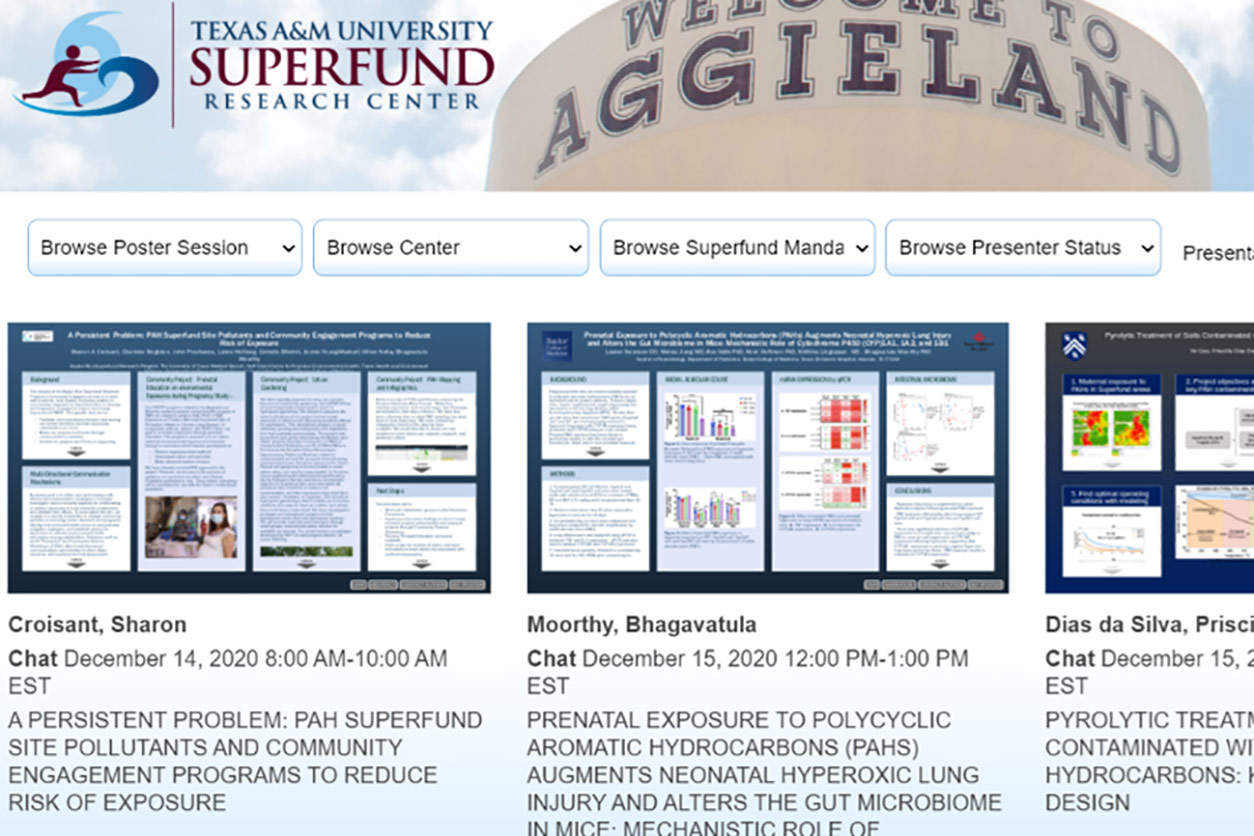 Virtual posters took the place of physical displays at the 2020 SRP Annual Meeting. (Image courtesy of Texas A&M University)
Virtual posters took the place of physical displays at the 2020 SRP Annual Meeting. (Image courtesy of Texas A&M University) Community-informed research
Representatives of the Texas Environmental Justice Advocacy Services (t.e.j.a.s.), which partners with the Texas A&M SRP Center, delivered a keynote address. They took attendees on a virtual version of their Toxic Tours, highlighting environmental justice issues. A panel of t.e.j.a.s leadership and Texas A&M SRP Community Engagement Core (CEC) members dialogued with meeting participants.
Community-informed research was the focus of another session, presented by four SRP researchers. Topics ranged from psychological health consequences of environmental contamination to drinking water inequalities and community engagement with green infrastructure.
“This theme is timely because community-engaged research and work to address disparities in susceptibility and effects of environmental exposures, including those from the biological threats present and future, is even more important today,” said Texas A&M SRP Center Director Ivan Rusyn Ph.D.
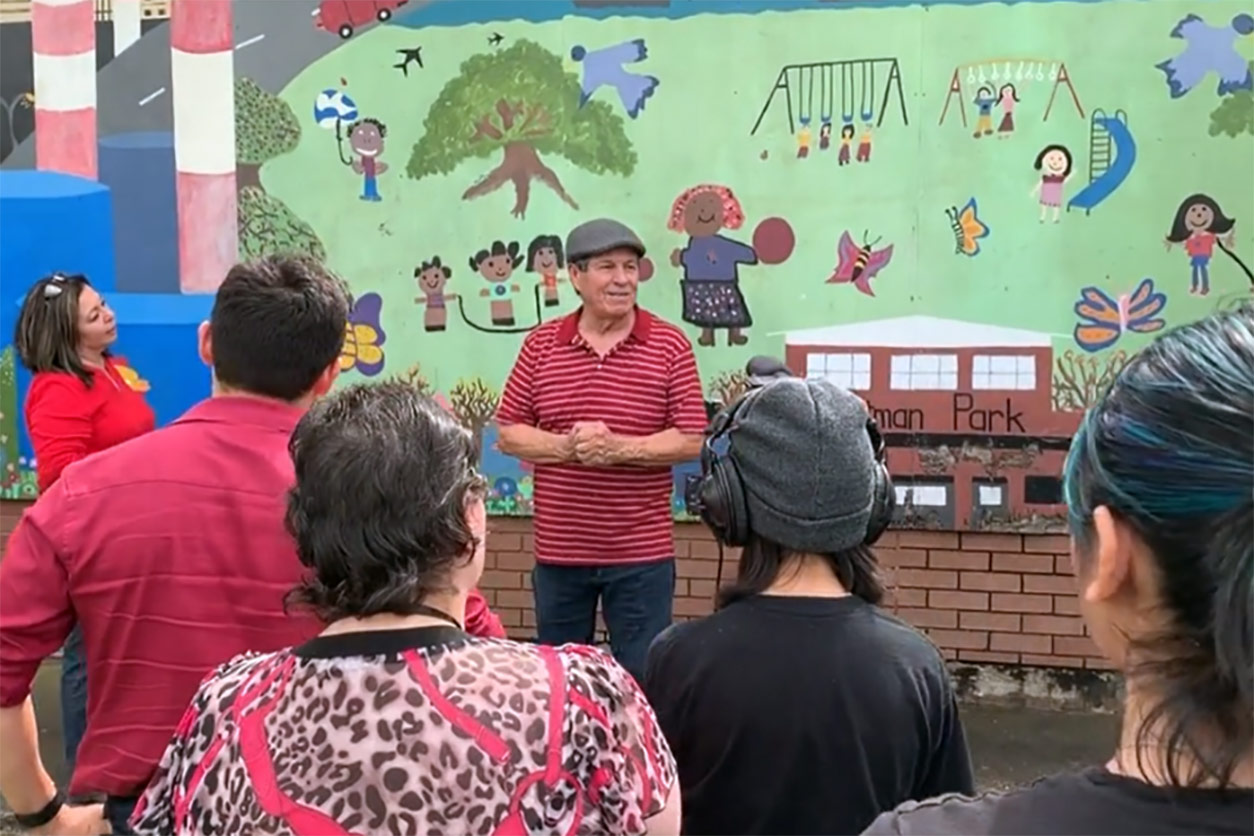 In this still image from the virtual toxic tour, Juan Parras, center, t.e.j.a.s. founder and executive director, spoke with participants on an earlier outing. (Photo courtesy of t.e.j.a.s.)
In this still image from the virtual toxic tour, Juan Parras, center, t.e.j.a.s. founder and executive director, spoke with participants on an earlier outing. (Photo courtesy of t.e.j.a.s.)Translation and outreach tools
In another adaptation to the virtual setting, organizers added a section to the annual meeting webpage for SRP centers to share research translation and outreach tools they had developed. Attendees downloaded progress reports, infographics, and even coloring pages on complex research topics and center activities.
Typically, annual meetings offer a collaborative session with the Research Translation Core (RTC) and CEC. This year, that took the form of a separate webinar in November 2020, in which the Texas A&M CEC presented their work in the community.
A look ahead
Russell Thomas Ph.D., director of the U.S. Environmental Protection Agency (EPA) Center for Computational Toxicology and Exposure, delivered a second keynote address. His described the EPA path towards chemical safety testing that is efficient, protective, and uses fewer animals. the agency is conducting multidisciplinary research and established short- and long-term strategies to realize the testing vision.
In a second scientific presentation session, four SRP trainees presented data management frameworks, biological databases, and novel statistical practices. Data findability, accessibility, interoperability, and reusability (FAIR) was a common theme among the presentations.
(Natalie Rodriguez is a research and communication specialist for MDB Inc., a contractor for the NIEHS Superfund Research Program.)





